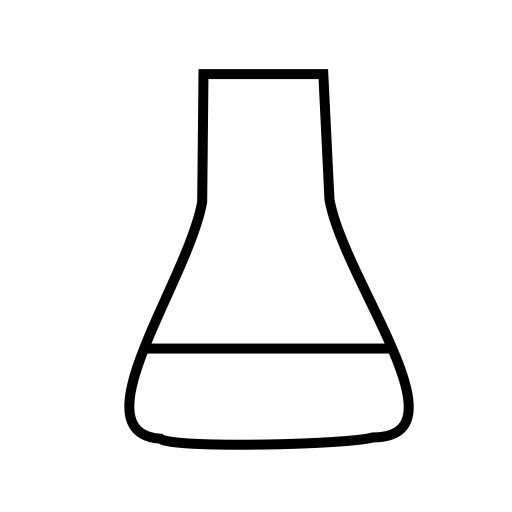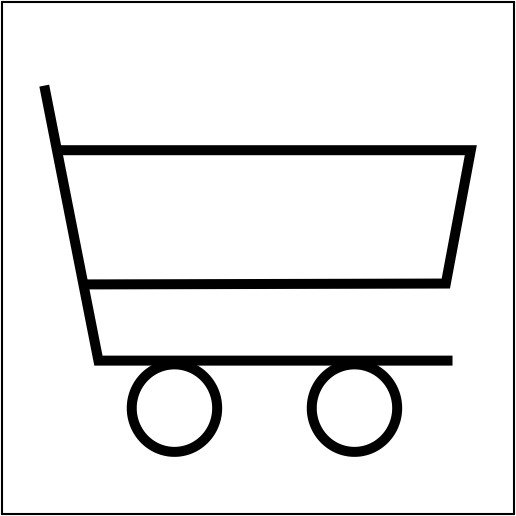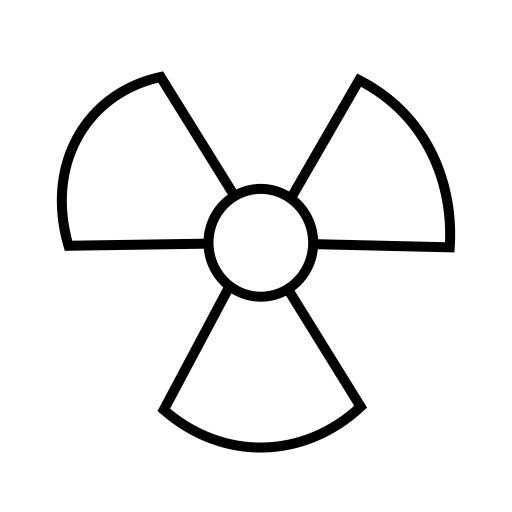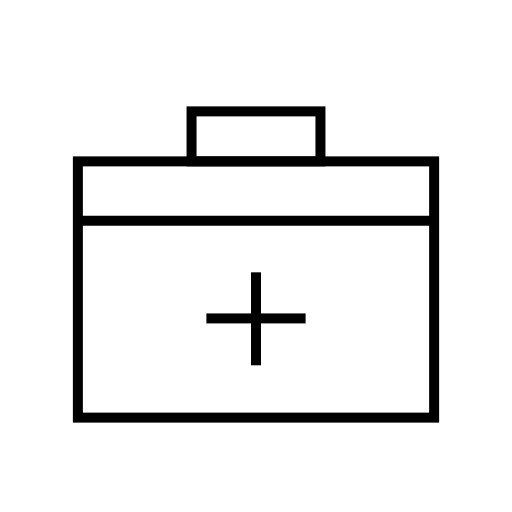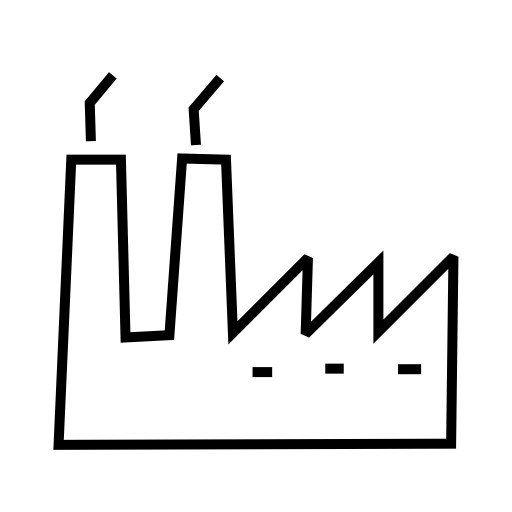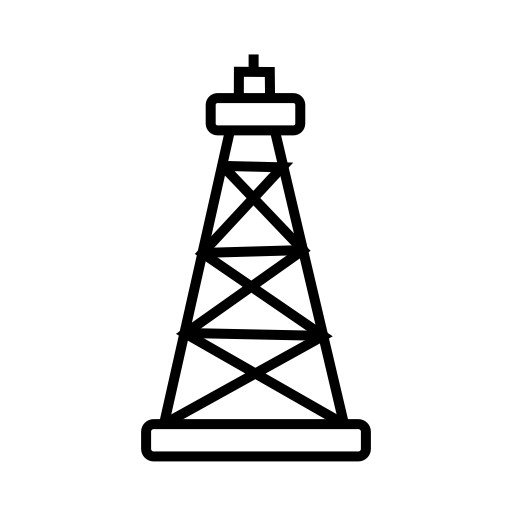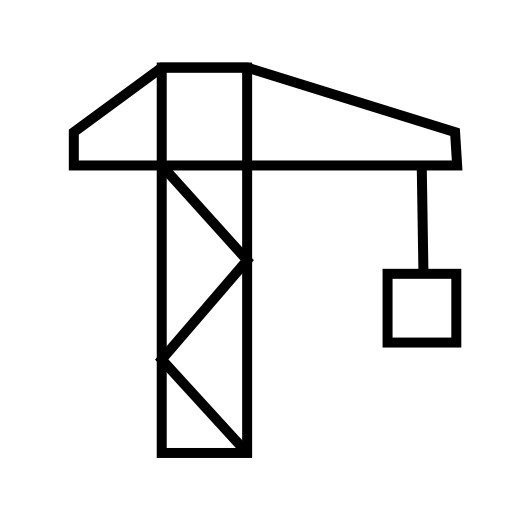Dynamics in Post-pandemic Global Automotive Battery System Assembly (BSA) Industry: Supply and Demand, Markets and Prices 2021-2027
Type: PDF
Status: Published
Categories: Aerospace and Defence
Report Code : OTHER2112521
No. of Pages : 134
Figure Automotive Battery System Assembly (BSA) Picture
Figure Global Automotive Battery System Assembly (BSA) Sales Value (Million USD) and Growth Rate (2016-2027)
Figure Global Automotive Battery System Assembly (BSA) Sales Value CAGR (2020-2027) by Region
Figure Global Automotive Battery System Assembly (BSA) Sales Value Market Share by Company, 2020
Figure Product Picture of Starting, Lighting and Ignition Batteries
Figure Product Picture of Deep Cycle Batteries
Figure Product Picture of Valve-Regulated Lead-Acid Batteries
Figure Product Picture of Wet Cell Batteries
Figure Product Picture of Others
Figure Global Automotive Battery System Assembly (BSA) Sales Value Market Share by Category, 2020
Figure North America Automotive Battery System Assembly (BSA) Sales Value Market Share by Category, 2020
Figure Europe Automotive Battery System Assembly (BSA) Sales Value Market Share by Category, 2020
Figure Asia Pacific Automotive Battery System Assembly (BSA) Sales Value Market Share by Category, 2020
Figure Central & South America Automotive Battery System Assembly (BSA) Sales Value Market Share by Category, 2020
Figure Middle East & Africa Automotive Battery System Assembly (BSA) Sales Value Market Share by Category, 2020
Figure Automotive Battery System Assembly (BSA) in Passenger Cars
Figure Global Automotive Battery System Assembly (BSA) Market: Passenger Cars (2016-2021)
Figure Automotive Battery System Assembly (BSA) in Light Commercial Vehicles
Figure Global Automotive Battery System Assembly (BSA) Market: Light Commercial Vehicles (2016-2021)
Figure Automotive Battery System Assembly (BSA) in Heavy Commercial Vehicles
Figure Global Automotive Battery System Assembly (BSA) Market: Heavy Commercial Vehicles (2016-2021)
Figure Global Automotive Battery System Assembly (BSA) Sales Value Market Share by End User/Segment, 2020
Figure North America Automotive Battery System Assembly (BSA) Sales Value Market Share by End User/Segment, 2020
Figure Europe Automotive Battery System Assembly (BSA) Sales Value Market Share by End User/Segment, 2020
Figure Asia Pacific Automotive Battery System Assembly (BSA) Sales Value Market Share by End User/Segment, 2020
Figure Central & South America Automotive Battery System Assembly (BSA) Sales Value Market Share by End User/Segment, 2020
Figure Middle East & Africa Automotive Battery System Assembly (BSA) Sales Value Market Share by End User/Segment, 2020
Figure Global Automotive Battery System Assembly (BSA) Sales Value Market Share by Region (2016-2021)
Figure North America Automotive Battery System Assembly (BSA) Sales Value (Million USD) Status (2016-2021)
Figure Europe Automotive Battery System Assembly (BSA) Sales Value (Million USD) Status (2016-2021)
Figure Asia Pacific Automotive Battery System Assembly (BSA) Sales Value (Million USD) Status (2016-2021)
Figure Central & South America Automotive Battery System Assembly (BSA) Sales Value (Million USD) Status (2016-2021)
Figure Middle East & Africa Automotive Battery System Assembly (BSA) Sales Value (Million USD) Status (2016-2021)
Figure North America Automotive Battery System Assembly (BSA) Sales Value Market Share by Country, 2020
Figure United States Automotive Battery System Assembly (BSA) Sales Value (Million USD) Status (2016-2021)
Figure Canada Automotive Battery System Assembly (BSA) Sales Value (Million USD) Status (2016-2021)
Figure Mexico Automotive Battery System Assembly (BSA) Sales Value (Million USD) Status (2016-2021)
Request For Request Sample

Published On: 04-12-21
Single User
US$ 2980*** Benefits ***
1. 15% Free customization
2. Two Countries can add as per your choice
3. Two Company can add as per your choice
4. 35+ Countries
*** Services ***
1. Quarterly Industry Update for Six Months
2. One personal Research Analyst Allocate to you
3. 24*7 Research Support
4. Query will be resolve with 48 hours
Multi User
US$ 4470*** Benefits ***
1. 25% Free customization
2. Excel Data Sheet
3. Two Countries can add as per your choice
4. Two Company can add as per your choice
35+ Countries
*** Services ***
1. Client will get one updated report for a year.
2. Quarterly Industry Update for 1 Year.
3. One research analyst will allocate to you.
4. Query will be resolved within 36 hours.
24*7 Research Support.
Corporate User
US$ 5960*** Benefits ***
1. 25% Free customization
2. Excel Data Sheet
3. Two Countries can add as per your choice
4. Two Company can add as per your choice
5. 35+ Countries
*** Services ***
1. Client will get one updated report for a year.
2. Quarterly Industry Update for 1 Year.
3. One research analyst will allocate to you.
4. Query will be resolved within 36 hours.
5. 24*7 Research Support.

 +918421517810
+918421517810 +442921251543
+442921251543


